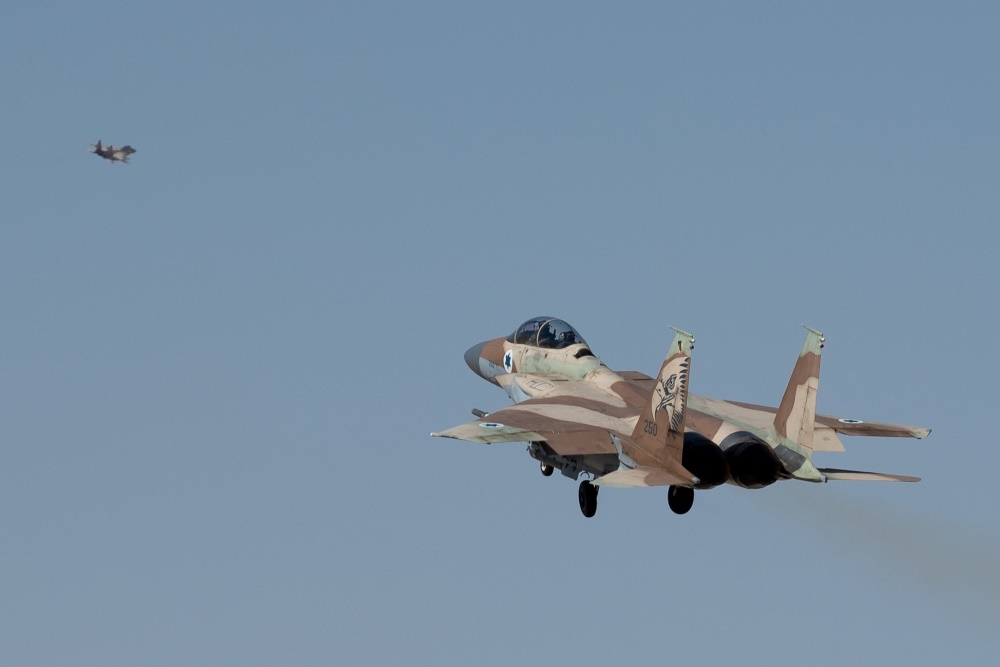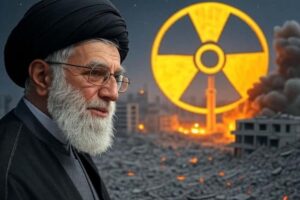
Israel is seriously considering extensive strikes on Iran’s nuclear sites this year, Wall Street Journal reports, citing US intelligence estimates. Jerusalem believes the Trump Administration is more likely to support an assault than the previous US leadership.
The IDF will likely attack Tehran’s key nuclear facilities in Natanz and Fordow in the coming months, according to American assessments. Strike scenarios include US aerial refueling and intel support, The Washington Post says.
A previous WP report revealed that Israel and the US drew up joint strike plans against Iran’s nuclear program last year. Israeli officials believe Iran is currently more vulnerable to an attack, following earlier IDF strikes that significantly degraded Iranian defenses. [here’s a detailed report about Iran’s questionable air defense capabilities]
The urgency behind military action stems from mounting concerns that the window to prevent Iran from acquiring nuclear bombs is closing. Previously, US intel warned that Tehran formed a covert team of scientists dedicated to accelerating nuclear weapons development.
According to a New York Times report, Iran is seeking a shortcut that could reduce the timeline for acquiring a bomb from years to months.
Netanyahu’s top priority
Israeli PM Netanyahu is prioritizing US approval for a strike before advancing diplomatic efforts with Saudi Arabia, N12 News reported. According to this view, an attack on Iran’s nuclear program would pave the way for normalization with the Saudis by addressing regional security concerns.
Targeting Iran’s most sensitive nuclear sites poses significant challenges. Natanz, Iran’s main uranium enrichment facility, is heavily fortified and features underground bunkers designed to withstand aerial attacks.
Fordow, built deep inside a mountain near Qom, presents an even greater difficulty, requiring specialized bunker-busting munitions to penetrate its defenses.
While Israel possesses advanced strike capabilities, including the long-range F-35 fighter jet, eliminating these facilities would likely require precision strikes on multiple targets and potentially extended operations.
Notably, a few months ago there was a surge in reporting on Israeli preparations to attack Iran, including information on Air Force training and strike drills. However, coverage has been limited in recent months, with the IDF seemingly opting for a more discreet approach.
This media silence may reflect an operational decision to maintain strategic ambiguity, keeping Iran in the dark about Israel’s plans and readiness for a strike.


